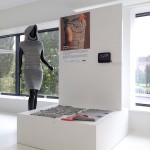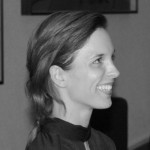Marina is 51 years old. She has been married for 25 years and she has 2 children of 24 and 27 years old who are both studying in another part of the country. She works part-time in administration. About a year ago she noticed that her menstruation became more irregular. At about the same time she started experiencing hot flashes and increased sweating at night. She has also observed a change in her body shape (she gained some weight) and she feels as if her joints have become less flexible.
Marina didn’t think about the menopause before and also did not expect it. Only when her menstruations became more irregular she realized what was happening. Although she was happy to see her periods become less frequent, she also felt a bit melancholic about it, as this was also the end of her fertile period. Emotionally, Marina must admit that has been rather irritable lately; she cries easily, and she is troubled by mood swings.
Jan, Marina’s partner, also became aware of her bodily and emotional changes and supports her where he can. However, Marina talks about her symptoms mostly with her older sister and her best friend, who are experiencing similar symptoms. She likes the fact that she can share her thoughts with them and feels it’s important to do so and get some emotional support.
Marina decided to do more sports, so she currently swims, does aerobics and she walks a lot. She started to wear more loose, airy and cotton clothes. Her gynaecologist (/GP), who she visited a couple of times, did some tests to measure her hormone levels. Although her sister got a prescription for calcium tablets, she did not. She also did not take any other prescribed medicine so far. She did start taking a natural medicine to increase vitamin D and calcium levels and to reduce the sweating.

















